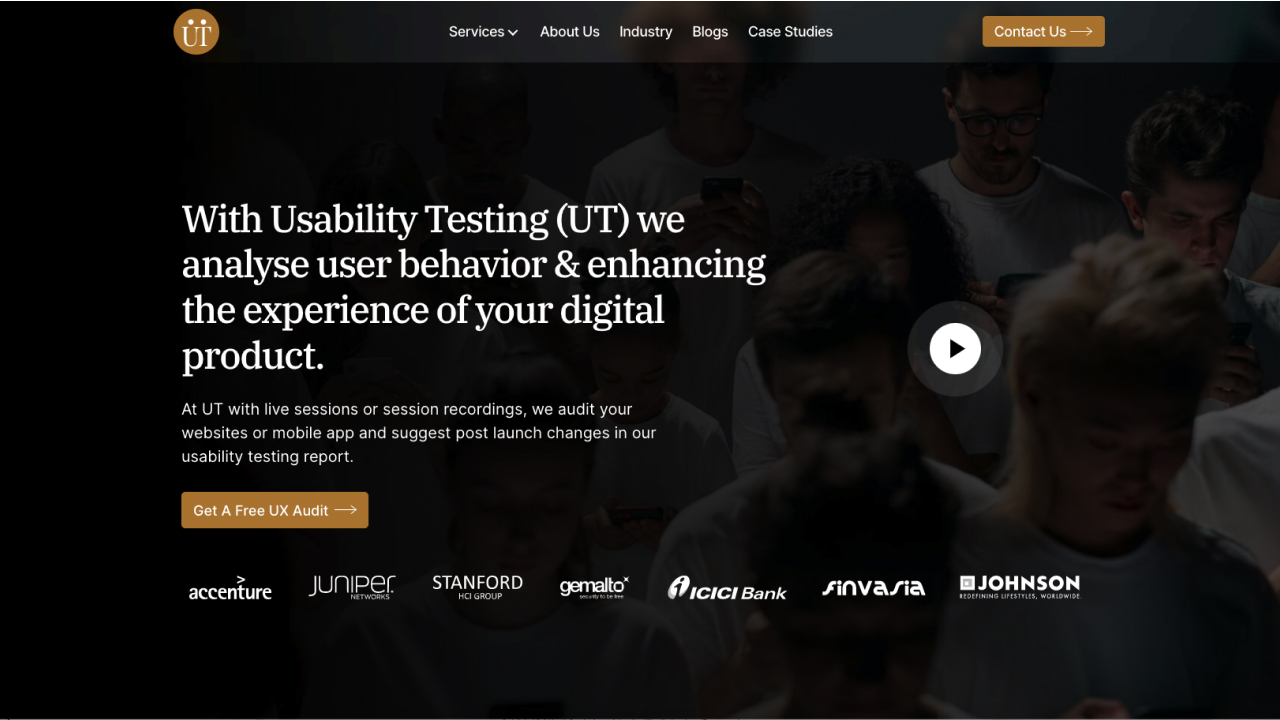What is UX Audit?
Overview
UX audit or usability audit is the process of user interface evaluation of a website or mobile app. This is a useful tool for anyone who wants to identify usability problems in their digital products. This helps you to find out the problematic areas that force users to leave and abandon their journey.
UX audit is a process that aims to uncover usability problems through research and analysis. The goal of a UX audit is to pointing the critical gaps in the user journey that prevent customers from taking the targeted actions they should be taking. In addition to highlighting issues, effective user experience audits provide recommendations for businesses to create a more seamless user journey.
A usability audit can positively impact customer engagement and increase conversions. UX audit findings are usually collected in reports covering both behavioral, quantitative, and qualitative data. Reports can include traffic and heat map analysis, A/B and usability testing, customer journey mapping, and predictive analytics.
UIUXshowcase.com — A curated home for designers and makers. No noise. Just the best tools, resources, and inspiration, all in one place.





